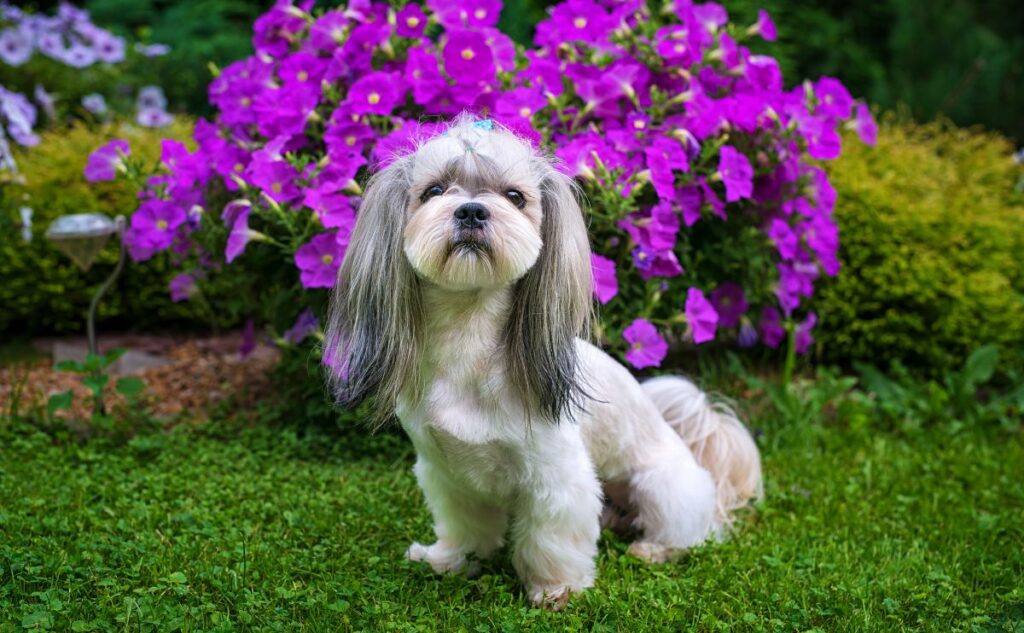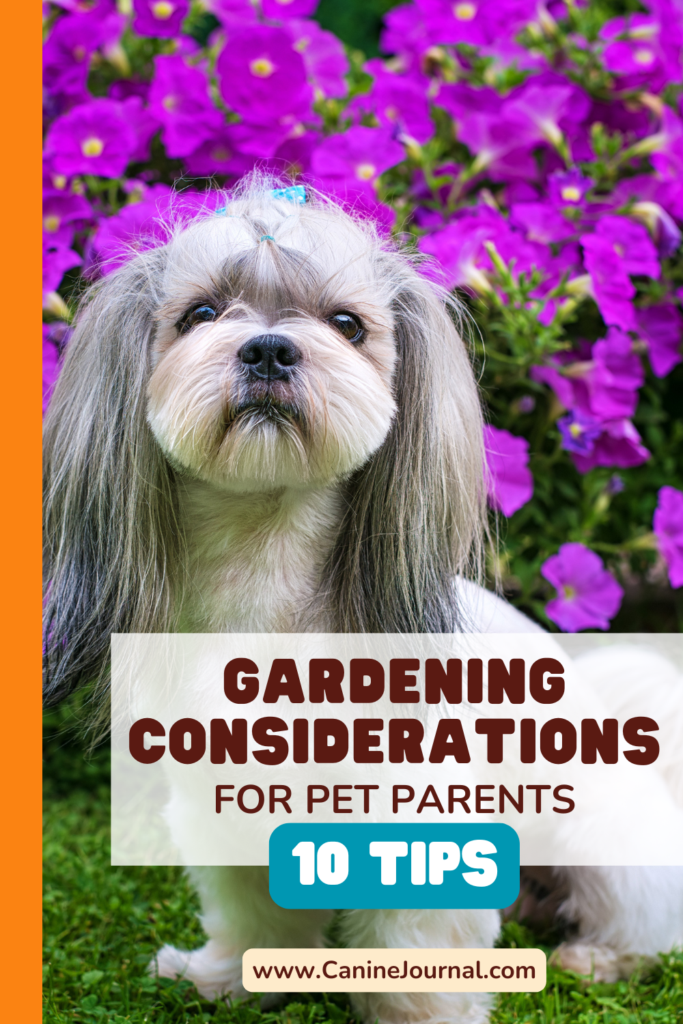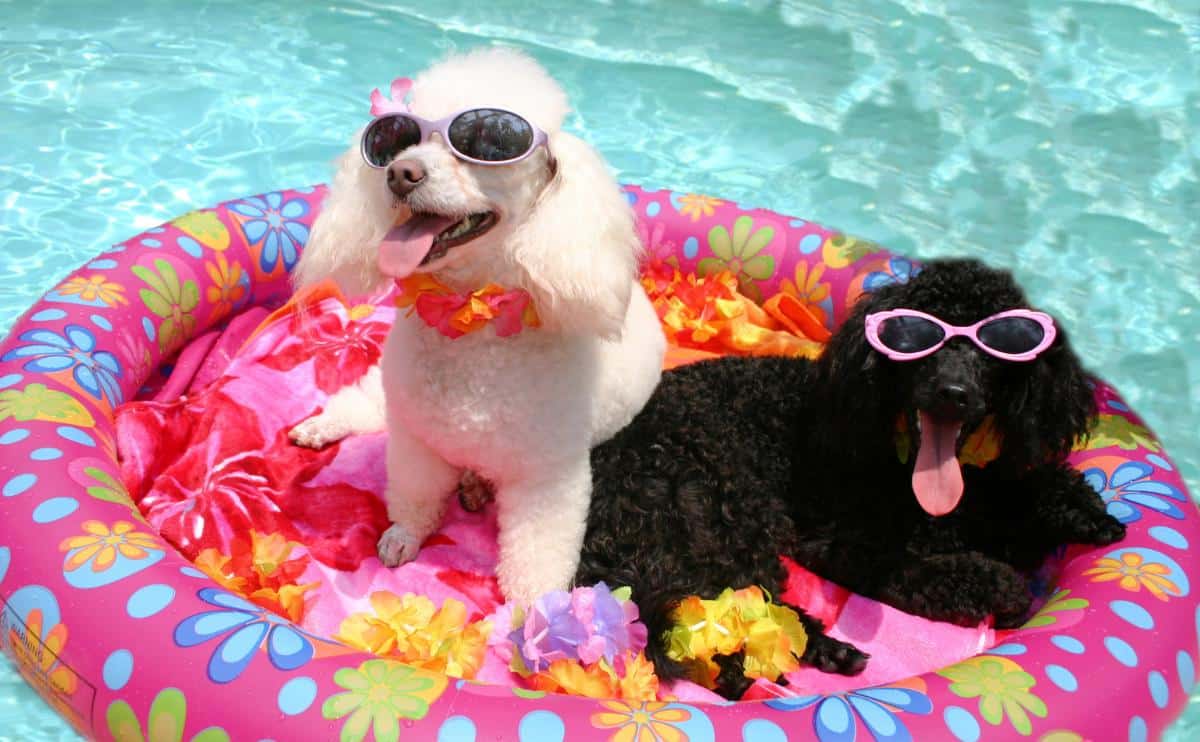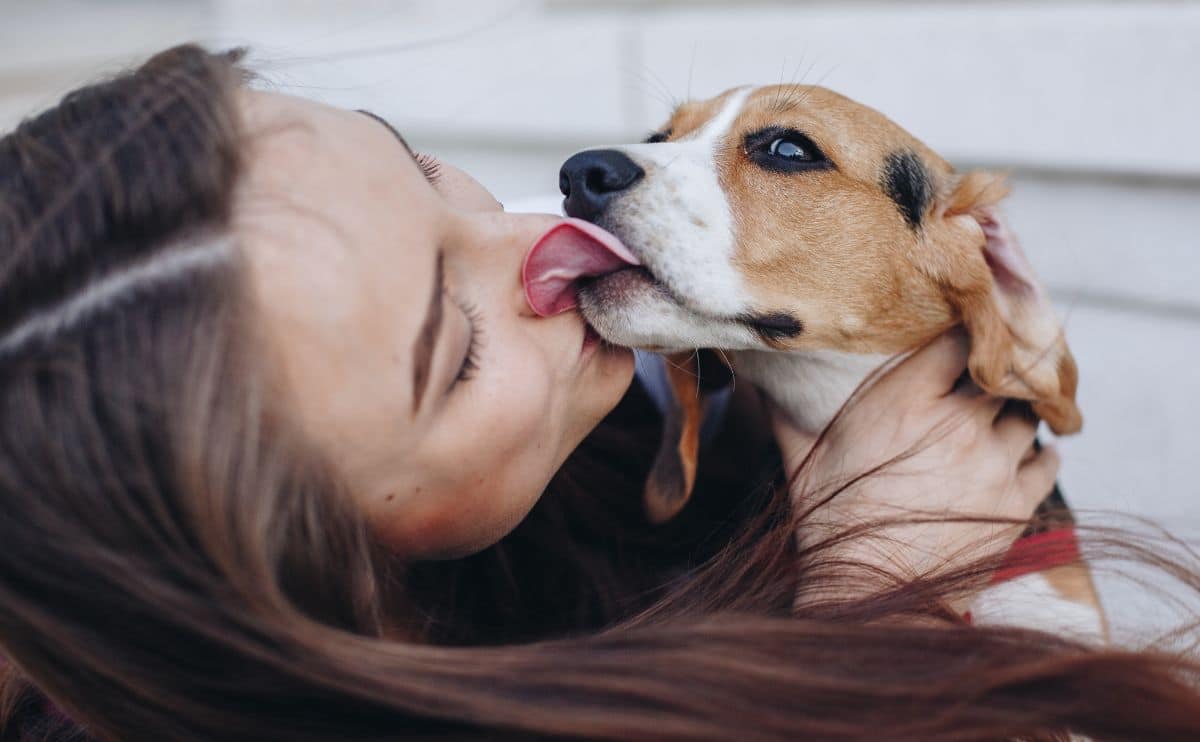Gardening Considerations For Pet Parents
When you purchase through links on our site, we may earn a commission. Here’s how it works.

The needs of your pets and the needs of your garden can sometimes clash. Many elements of gardens can be dangerous to pets, while your pets can cause significant damage to your garden. However, by taking a few basic precautions, you can keep both your pets and your garden safe.
Table of Contents
1. Choose Pet-Safe Plants
Many common domestic pets experience an instinct to eat plant matter. This may not only result in damage to your garden, but also to the pet if the plant is poisonous to them. As such, whenever choosing plants for your garden, you should do some research to see whether they may be poisonous to your pets. Some common plants that are known to be extremely poisonous to animals include:
- Lilies
- Tulips
- Oleander
- Sago palm
- Marijuana
- Azaleas
- Castor bean
- Amaryllis
- Autumn crocus
- Cyclamen
- Daffodils
- Lily of the valley
- Kalanchoe
- Hyacinths
2. Use Fencing And Other Deterrents
There are many ways that you can create physical barriers and other obstacles to prevent your pets from damaging your garden. These deterrents can include:
- Installing a fence
- Burying hard items such as cinder blocks throughout the garden to discourage digging
- Embedding stakes or other protruding objects (which should be blunt on the upward-facing portion for safety) throughout the garden to reduce available space for movement and rest within the garden
- Using safe sprays that are unpleasant to pets, such as white vinegar or apple bitter
3. Choose Mulch Carefully
Mulch is commonly used in gardens to insulate the earth from heat and wind, as well as a means of retaining moisture. However, many types of mulch can be harmful to your pets, due to the tendency of many types of mulch to retain pesticides and promote the growth of mold. Cocoa bean mulch, in particular, is both susceptible to mold growth, and is in itself toxic to many pets. If you would like to use a safer alternative, wood-based mulch is widely thought to be the best option.
4. Keep Your Pet Away From Compost
The mechanism of composting depends on the propagation of bacteria for the sake of decomposition. As such, it can be harmful for your pets to ingest your compost or the runoff, both of which may be tempting since many compost piles contain discarded food and exude strong odors. Always ensure that compost is kept in an area where your pets cannot reach it, and that the runoff is being collected and disposed of carefully.
5. Carefully Choose, Store, And Use Insecticides
Insecticides can be very harmful to pets if ingested. As such, you must store insecticides in an area where pets cannot reach them, and administer them with caution as indicated by the directions. Additionally, you can further ensure the safety of your pets by choosing pet-safe insecticides.
6. Manage Harmful Insects
A wide variety of insects are attracted to vegetation, including those that can be harmful to your pets, such as ticks, fleas, and mosquitos. The best way to prevent these harmful insects from pestering your pets is by responsibly using pesticides in your garden and by regularly applying flea and tick medication to your pet. Meanwhile, to ward off mosquitos, you can use deterrents such as citronella or even strategically placed mosquito nets in more serious cases. It is also important to ensure that your pet is up to date on their vaccinations to reduce the chance that they will contract diseases carried by insects.
7. Create A More Interesting And Accessible Area For Pets
Perhaps the best way to keep the peace between your pet and your garden is by redirecting your pet’s attention. Consider creating separate spaces that are appealing to your pet for both play and rest. Create areas that provide stimulating activities for your pet that will dissuade them from expending that energy by digging, climbing, jumping, etc. in your garden. Meanwhile, offer an area with shade, water, and other comforts to dissuade them from seeking out the cool ground and shade they may find in your garden. This redirection will be particularly effective if you pair it with other deterrents that make your garden less easily accessible to your pet.
8. Be Aware Of Visiting Wildlife
Gardens may attract wildlife — whether intentionally or unintentionally — and some wildlife, such as porcupines, snakes, and wasps may pose a danger to your pets. As such, it is important to understand what animals are in your area, and how likely they are to visit your garden. If you are concerned about any particular type of animal, it may be useful to implement appropriate deterrents, such as fencing, motion-activated alarms, or sprays that they find unpleasant. Meanwhile, you should always be wary of any unusual behavior from your pet that may indicate that they are in distress.
9. Take Footage Of Your Garden
If you are concerned about the interactions that are happening between your pets and your garden when you are not looking, it may be worthwhile to take ongoing footage of the garden area for later review. Recordings also offer value as a means of more generally documenting your pets’ activities when they are not under direct supervision, which can provide valuable information for your veterinarian if they become sick or injured as a result of this unsupervised activity.
10. Be Prepared For Unforeseen Circumstances
You can’t possibly prepare for every possible outcome, and therefore, it is advisable to generally prepare for unexpected emergencies. A few good steps to take for this purpose include:
- Having good pet insurance: Compare pet insurance options and check reviews to find a pet insurance plan that you can fall back on in the event of an emergency.
- Being aware of your options for emergency veterinary care: In addition to establishing care with your regular veterinarian, it is also important to ensure that you know whether they also offer emergency care, and, if not, alternative options for emergency veterinary care in your area.
- Regularly checking your pet for injury or distress: Typically, if a pet is sick or injured, they will begin to act differently, whether that is an outright sign of pain such as a cry, or a more subtle change such as lethargy or rejection of food.
- Monitoring the state of your garden: If you are keeping an eye on your garden, you may be more likely to notice damage or other unusual changes.




